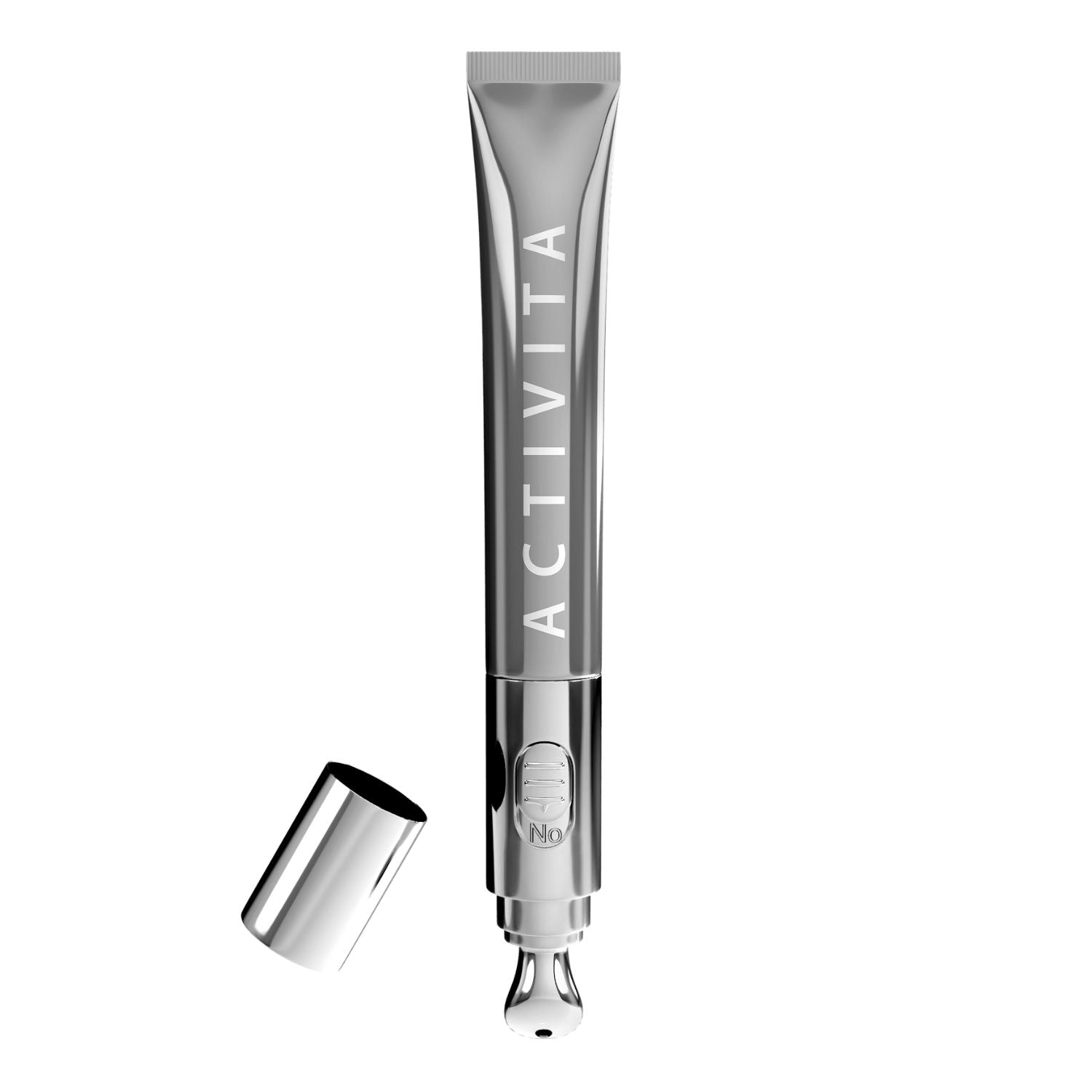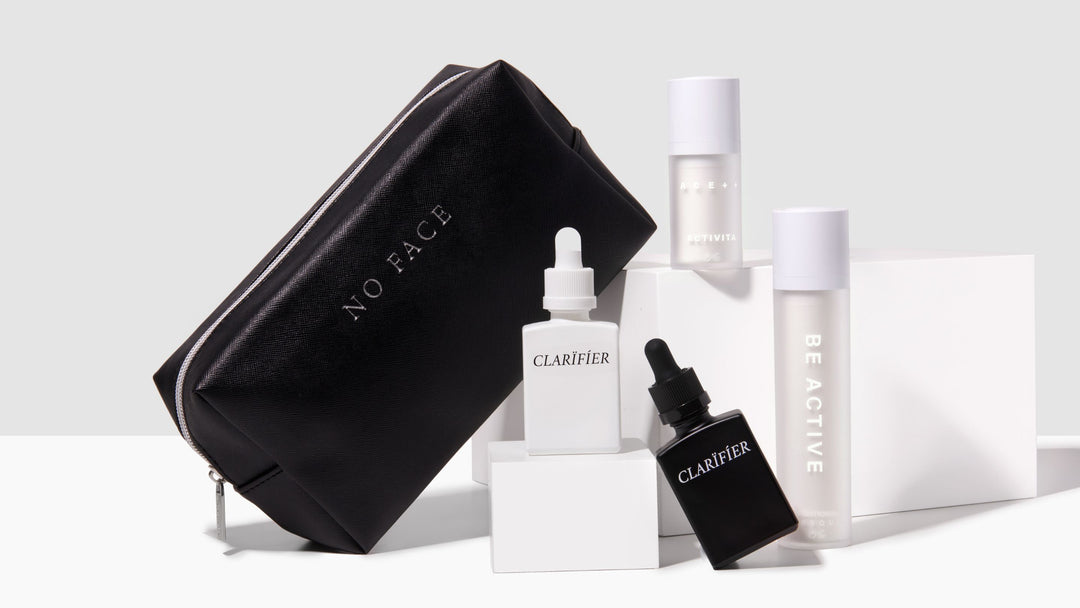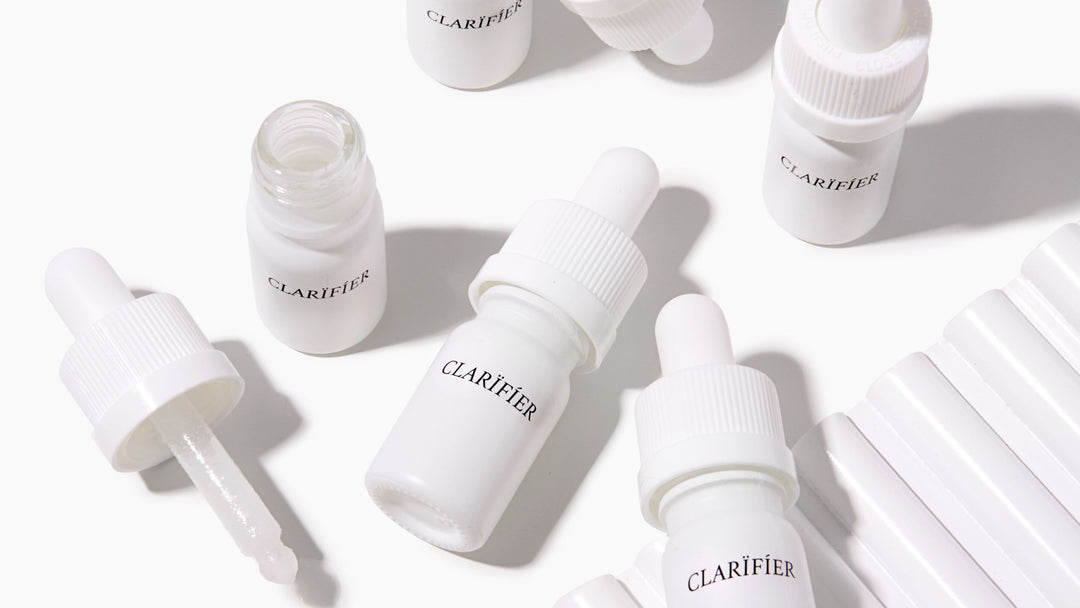Why everyone needs a plan B?
We're talking about Niacinamide, a vitamin B3 derivative also called nicotinamide, that's been extremely popular in skin products. It's been used in various concentrations with various supply sources. Some people complain about its irritation, and some love its oil controlling abilities. Let's go back to the skin to understand what it needs first.
According to the Cell and Matrix Research Institute in Korea, the primary characteristic of the skin is that it surrounds our body and is directly exposed to the external environment. Skin serves the barrier function to protect the body from external harmful factors and to prevent water loss from the body, as well as the thermoregulation function to keep body temperature constant despite changes in external temperature. However, when the skin is subjected to pathological conditions due to internal and external factors, such as malnutrition, infection, wounds, and exposure to pollutants, abnormalities in the immune system and excessive inflammatory response throughout the body can be induced. Even if the symptoms are limited to the skin, various skin diseases, aging, and cancer can occur, and these are the main research subjects in dermatology. Another characteristic of the skin is that it is an externally visible organ, and therefore, its health is important from an aesthetic point of view, as well as a medical point of view. The aging of the skin involves both the decline of various biological functions and changes in morphological beauty. In the cosmetic field, skin aging is being studied by dividing it into natural aging, which is a chronological skin change caused by internal factors of the body, and photoaging, which is a skin change caused by exposure to ultraviolet (UV) rays from the sun. Natural aging and photoaging are not mutually exclusive but partly overlap. Clinical observations show that naturally aged skin is thin, dry, and has many fine wrinkles, whereas photoaged skin usually has a leathery and saggy appearance with reduced elasticity, uneven pigmentation, coarse and deep wrinkles, and telangiectasia (appearance of blood vessels). Changes due to natural aging or photoaging occur in both epidermal and dermal compartments. A decrease in the extracellular matrix (ECM) of the dermis, such as collagen and elastin, is consistently observed in either natural aging or photoaging. Reactive oxygen species (ROS) and free radicals generated over the antioxidant capacity of cells due to external factors, such as UV radiation and pollution, or internal metabolic dysfunction can cause oxidative damage to cells. ROS also induces senescence of cells and degradation of ECM involved in premature skin aging. Indeed, ROS plays a pathological role in the development of various skin diseases and cancer. Therefore, ingredients that directly remove ROS or enhance the antioxidant capacity of cells are expected to help maintain skin homeostasis.
What is Niacinamide?
In Simple Terms Niacinamide is a water soluble vitamin B3 derivative that gets converted by the skin into niacin. Niacin is the most direct form of Niacinamide but it causes a temporary redness that's usually referred to as skin flushing. Niacinamide doesn't cause skin flushing while providing the B3 benefits, and therefore widely used in cosmetics.
In Academic Journal Terms Nicotinamide (niacinamide) is the amide form of water-soluble vitamin B3 (nicotinic acid, niacin). Vitamin B3 deficiency causes pellagra. Nicotinamide is a component of coenzymes, such as nicotinamide adenine dinucleotide (NAD+ ), reduced nicotinamide adenine dinucleotide (NADH), nicotinamide adenine dinucleotide phosphate (NADP+ ), and reduced nicotinamide adenine dinucleotide phosphate (NADPH). Nicotinamide has the same vitamin activity as nicotinic acid, but other pharmacological actions and side effects are different. Unlike nicotinic acid, nicotinamide does not reduce cholesterol or cause flushing. Supplementation of nicotinamide as an essential nutrient will be beneficial to the health of the whole body and the skin. In the field of dermatology, many studies on nicotinamide and its analogs have been reported concerning the prevention and treatment of cancer, blistering disorders, acne vulgaris, psoriasis, wound healing, and pigmentation disorders. Nicotinamide has also been used in the cosmetic field for decades to prevent skin aging and brighten skin tone.
Clinical Results
In clinical research, Niacinamide is showing prominent results in calming down the sebaceous glands responsible for producing sebum, thus reducing oily skin conditions. It's anti-inflammatory effects also help reduce signs of acne conditions, making it one of the most prescribed topical skin ingredient to treat acne. As Niacinamide is a cell energizing ingredient, it may activate certain immune cells to prevent cellular damaged caused by the UV, so it also became a star ingredient in cancer research. When applied with any sunscreen, niacinamide also reduces hyperpigmentation, especially for people who are prone to get dark spots. The great news to people who are allergic to Retinol is that Niacinamide produces significant wrinkle reduction results compared to even prescription strength Retinol.
Niacinamide Skin Matrix Interactions
After seeing the clinical results, it's important to understand what Niacinamide actually does to help achieve those results. Niacinamide can be claimed to be a cellular communication ingredient to activate cellular pathways to transport micro nutrients and deposit them to the right skin cells in different layers. As the skin ages over time, it loses its original ability of functioning properly in order to deposit nutrients such as Hyaluronic Acid and amino acids to the right skin layers. Ever wondering why some ingredients you put on your skin don't work at all? It could be because of aged and diminished skin cellular functions. Niacinamide can stimulate the skin and restore its cellular functions, and this is due to its cellular energizing effects. With the communicative benefits combined with the other blemish reduction benefits, Niacinamide is without a doubt one of the most beloved skincare ingredients in the world. As we all know that skin products don't just work by ingredient, but also by its combined formula as a whole, as the formulating factors such as delivery technologies and pH balancing etc all determine the product efficacy as a whole. So we've conducted clinical studies to understand which concentration of Niacinamide works the best for skin ageing and hyperpigmentation. We've used 4% benchmark as a start point, compared to Glyca and ACTIVITA Niacinamax









Leave a comment